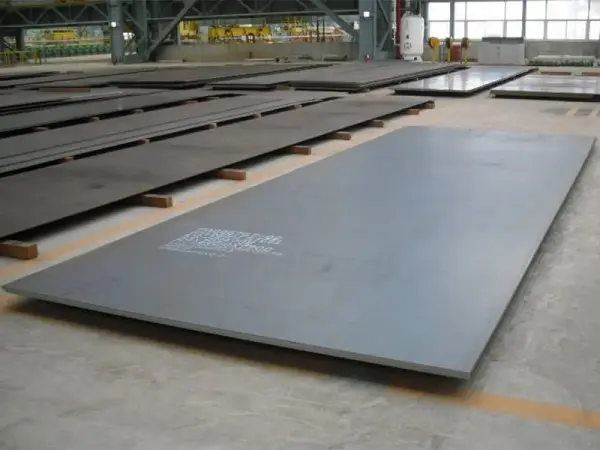- Phone0086 731 8564 8255
- E-mailsales@cscsteel-manufacturing.com
-

Both carbon steel seamless pipes and black carbon steel pipes are widely used in industrial applications, but they differ in manufacturing process, composition, mechanical properties, surface quality, and application scenarios. Understanding these differences helps in selecting the right pipe for specific requirements.
Continental Steel Co., Ltd is professional carbon steel pipes manufacturer, for more details, please contact:sales@cscsteel-manufacturing.com
1. Definition and Manufacturing Process
Carbon Steel Seamless Pipe
A seamless pipe is produced without welds, using a solid billet that undergoes perforation, rolling, and sizing. The absence of welding ensures a uniform internal structure, making it highly resistant to pressure and mechanical stress.
Black Carbon Steel Pipe
Black carbon steel pipes have no special surface treatment, giving them a black appearance due to an iron oxide layer. They can be manufactured using either seamless or welded processes. If welded, the pipe will have visible weld seams, which may affect its performance under pressure.
2. Chemical Composition
Carbon Steel Seamless Pipe
Composed primarily of iron (Fe) and carbon (C), with small amounts of silicon (Si), manganese (Mn), sulfur (S), and phosphorus (P). The carbon content typically ranges between 0.05% and 2.11%, affecting properties like strength, toughness, and weldability.
Black Carbon Steel Pipe
The composition is similar to that of seamless pipes but may have higher impurity levels due to a simpler manufacturing process. This can result in slight performance variations compared to precision-engineered seamless pipes.
3. Mechanical Properties
Carbon Steel Seamless Pipe
High strength and toughness, capable of withstanding extreme pressure and temperature.
Due to its seamless structure, it has better pressure resistance than welded black carbon steel pipes.
Used in high-pressure applications, such as boilers and oil pipelines, with tensile strengths reaching 415-655 MPa.
Black Carbon Steel Pipe
Mechanical properties depend on the manufacturing process (seamless vs. welded).
Welded black carbon steel pipes may have weaker weld joints, leading to lower performance under high pressure.
Seamless black carbon steel pipes offer performance similar to carbon steel seamless pipes but may lack high-precision processing.
Mostly used in low-pressure applications where high strength is not critical.
4. Surface Quality and Appearance
Carbon Steel Seamless Pipe
Smooth and uniform surface, often finished through hot rolling or cold drawing.
No iron oxide layer, with a metallic silver-gray appearance.
Can be further treated with galvanization, painting, or coating for enhanced corrosion resistance.
Black Carbon Steel Pipe
Black oxide layer on the surface, offering basic corrosion resistance but not as durable as coated pipes.
Less aesthetically appealing, may require additional rust removal and treatment for better surface quality.
5. Application Scenarios
Carbon Steel Seamless Pipe
Ideal for high-performance industrial applications:
Oil & Gas Industry: Used in long-distance, high-pressure crude oil and gas transportation.
Chemical Industry: Suitable for corrosive and high-temperature media.
Power Plants & Boilers: Used as steam and water pipes in high-temperature, high-pressure environments.
Black Carbon Steel Pipe
Used in low-pressure, general-purpose applications:
Construction Industry: Structural support components.
Water Supply & Drainage: Non-critical pipelines for transporting low-pressure fluids.
Industrial Pipelines: Used in ventilation and gas distribution where precision is not essential.




